Observation of Hubble Telescope: Double Star explosion, even in the same star system
Author:Astronomy online Time:2022.08.28
Hubble telescope search for rare double star explosion Yu Bo (photo)
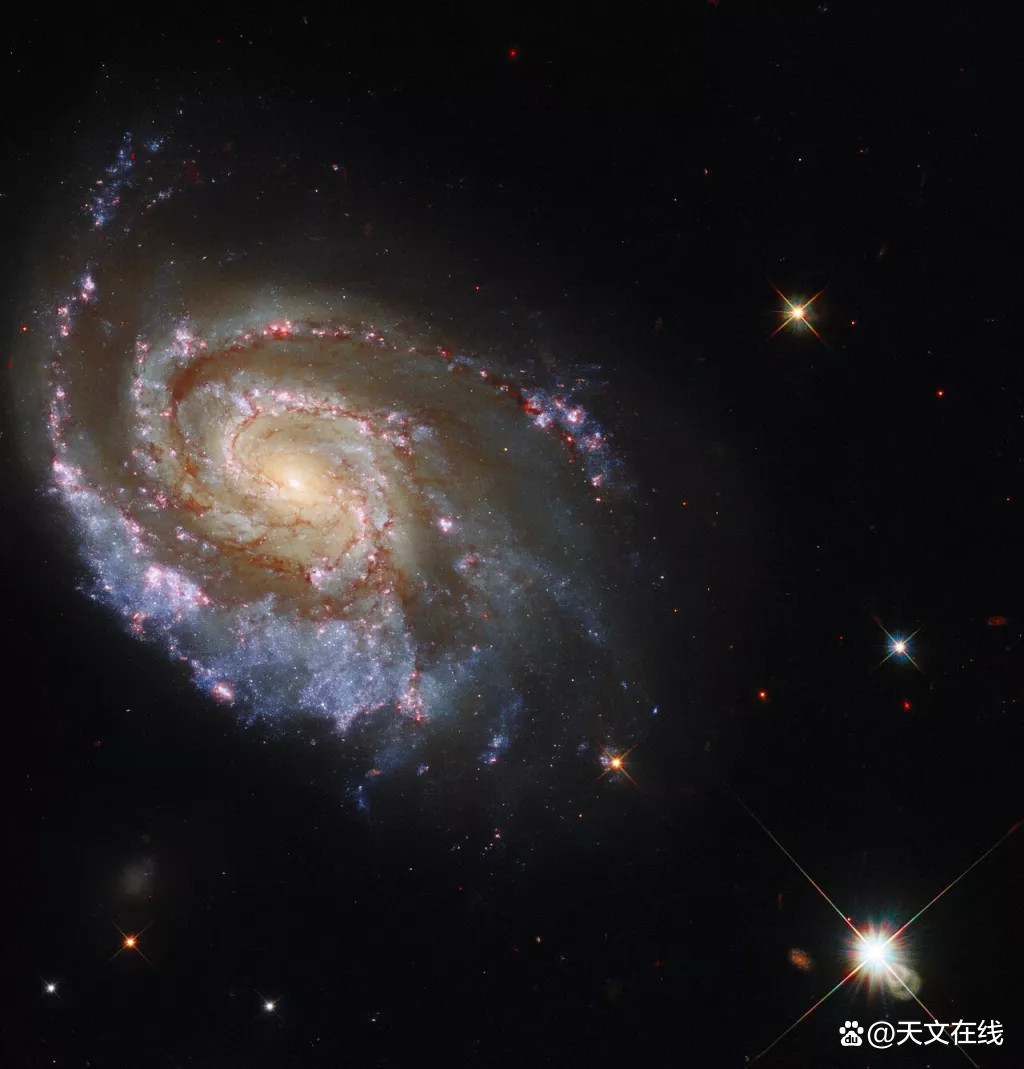
The latest Hubble Space Telescope image shows the NGC6984 galaxy about 200 million light years from the earth. (Image source: ESA/Hubble and NASA, D. Milizerlevich)
The star explosion is a chaotic incident, so the two supernovas that appear in the same galaxy will inevitably leave traces.

This is a story behind the new photo of the Hubble Space Telescope by the Hubble Space Telescope. The photo is published on Monday (November 1) by the European Space Agency (ESA) assisting the operation of the Observatory. This photo shows the charming scene of the galaxy full of stars and stars.
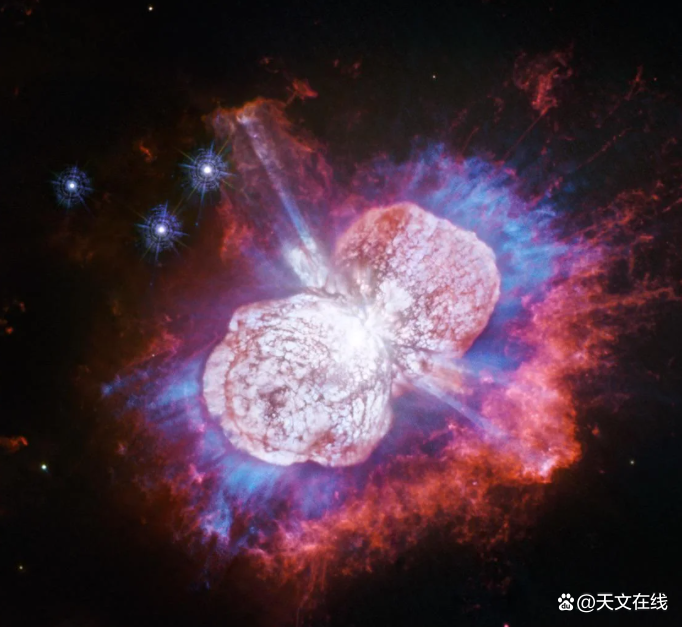
This report did not specify when the new data was obtained, but it was pointed out that these observations were carried out after the astronomer noticed a very rare double supernova in the galaxy. When a relatively large star consumes fuel and explodes, and the material is thrown around, supernova will be produced.
Eukong Bureau officials wrote in the statement: "(from the perspective of astronomy) found two supernovas at almost the same time and position, which prompted astronomers to guess that the two supernovas may have physical connections in some way."

Therefore, astronomers use the Hubble 3 -wide field camera to observe the galaxy in ultraviolet and visible light to test this strange coincidence.
The statement states that the NGC6984 galaxy is located in the Indian River constellation and is about 200 million light years from the earth.
The European Air Bureau pointed out that the Hubble Telescope has been observed as early as 2013, so the new observation results can also be combined with archives data. The newly released image represents the combination of new and old data.
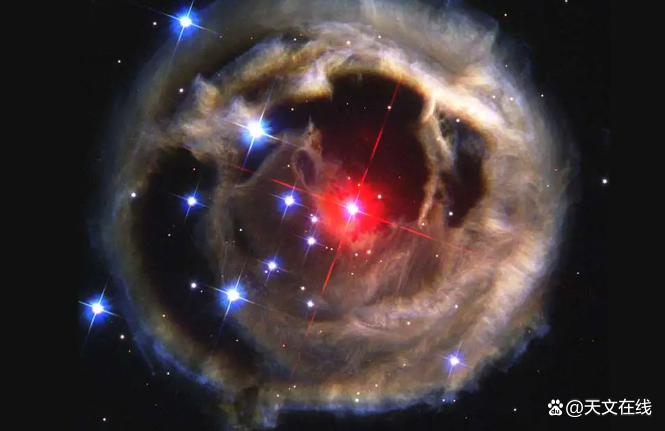
Despite this new image, the Hubble Telescope cannot be observed at present; on October 25, the scientific instrument of the Hubble Telescope entered the security mode, and the staff was excluding it.
On the day of abnormalities, the Hubble Telescope Research Group stated on Twitter: "During the investigation of the problem, scientific observation has been suspended during the research team" and "the instrument remains good."
NGC 6984 is a stick -shaped spiral galaxy located in Indian constellations in 180 million light years.
As we all know, it was the last two supernova hosts: one was first known as SNHUNT142 in 2012 [3] (later called SN 2012IM [4]), and the other was called SN 2013EK in 2013. The first is IC type [5], and the second is IB/C [6]. HST Observation was initiated by Dr. Dan Milizervich. [7] The press release of 2013SN wrote:
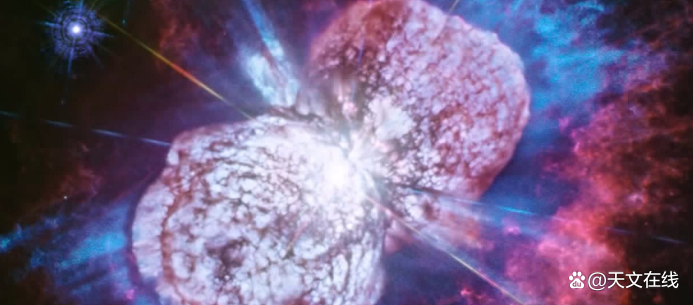
"It is so close to finding SN 2012im, so that these two incidents are considered interrelated; two completely independent supernovas are very close, and supernova of the same level is very small in one year. Some people think that SN 2013EK may actually be the outbreak of SN 2012IM, but further observation supports them as an independent supernova, although they may be closely related to some unknown way. "[8]
The stick -shaped spiral galaxy is a spiral galaxy composed of a star -shaped structure composed of a star. [1] About half of the spiral galaxies are bands. [2] [3] The stick -shaped galaxy usually affects the movement of stars and interstellar gases in the vortex galaxy, and also affects the rotation arm. [2] The Galaxy of the solar system is classified as a stick -shaped spiral galaxy. [4]
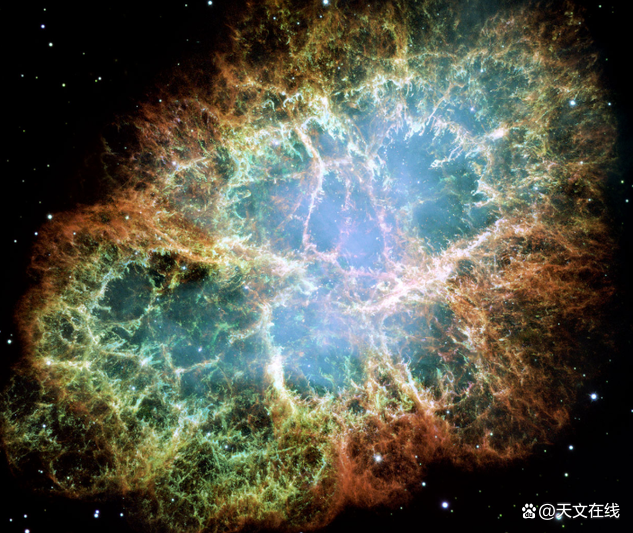
Edwinhubble classified this type of spiral galaxy into "SB" (spiral, spiral) in his Hubble sequence, and divided them into several categories according to the opening level of the spiral arm. The characteristic of the SBA type is that the spiral arm is tightly tied, and the SBC type is characterized by the spiral arm very loose. The SBB galaxy is located between the two. SB0 is a rod lens galaxy. Later, people created a new type of SBM to describe some irregular stick -shaped spirals, such as Magellan Nebula, which was classified as irregular galaxies, but was later found to contain a stick -like spiral structure. In Hubble's classification of galaxies, other types include spiral galaxies, ellipse galaxies and irregular galaxies.
related information
The vortex galaxy is one of the types of galaxies, but the original description of Huber in 1936 was the field of Nebula and listed in the Hibber sequence, becoming part of it. Most of the vortex galaxies include the flat, rotating plate surface, gas and dust of the stars, gases, and dust, and the central gathered high concentration stars, called the core of the nuclear ball. These are usually surrounded by many stars, and many of the stars are gathered in the spherical star group. The vortex galaxy is named after the spiral structure extended from the core to the astrolabe.
By: Meghan Bartels
FY: Moon in Dream
If there is related content infringement, please contact the author to delete after the work is released
Reprinted, please obtain authorization, and pay attention to maintaining integrity and indicating the source
- END -
Diwei Erxiang CVPR2022 AI satellite helps the space age
On June 20, local time, at the International Computer Vision and Model recognition meeting of the Electrical and Electronic Engineers Association in 2022 (abbreviated with CVPR 2022), China Land Secon
It turns out that women are the main group of translation machines?

The 2022 China Mainstream AI Translation Machine Competitive Development Report st...